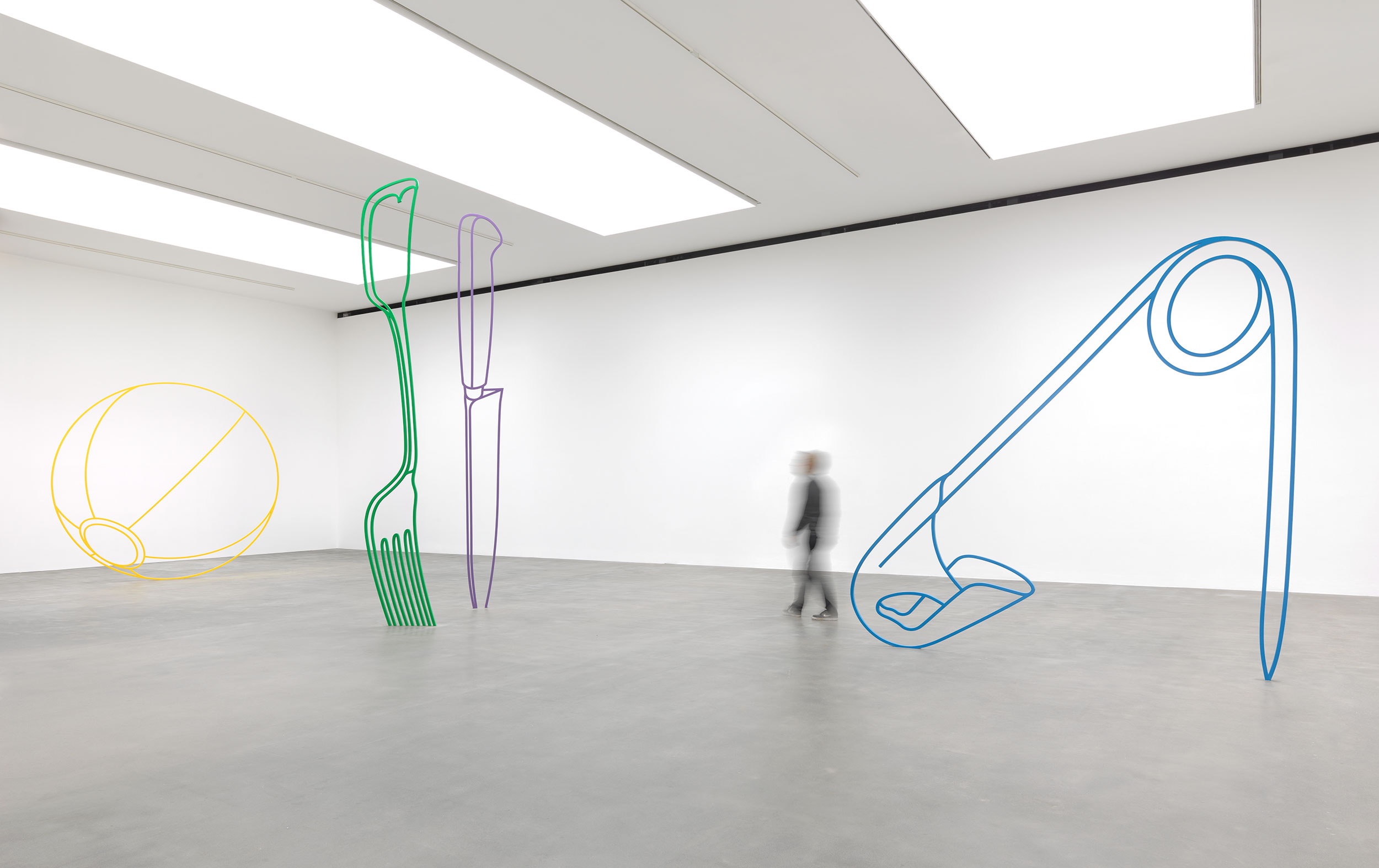
There’s a tradition in the faceted approach to depicting figures that goes further back than than the pop designs of Tim Biskup or the vibrant multimedia works of Okuda. David Mesguich’s large public sculptures add to the contemporary side of this approach, with dramatic pieces that use light and shadows in unexpected and enormous ways. The sculpture below plays on the artist’s past work as a graffiti artist and self-professed “vandal,” using recycled plastic from street advertisements.





“In a obsessional way David travels cities and develops an atypical mapping by focusing his interest for all which, in those spaces of passage separates and divides up,” a statement says. “For more than 15 years it’s by the addicting exercise of graffiti that he investigated the subject. Today, it’s by drawing and by monumental installations in-situ that he re-appropriates some parcels of those aseptic territories.”



See more of his works below.






 Throughout his forty-year career, the late artist Duane Hanson made lifelike sculptures that portrayed working class Americans. For the first time since his UK retrospective in 1997, Serpentine Galleries in London is showcasing a new selection of some of the sculptor's key pieces. Hanson is credited as a major contributor to the hyperrealism movement. His art went on to inspire contemporary artists like Ron Mueck (covered
Throughout his forty-year career, the late artist Duane Hanson made lifelike sculptures that portrayed working class Americans. For the first time since his UK retrospective in 1997, Serpentine Galleries in London is showcasing a new selection of some of the sculptor's key pieces. Hanson is credited as a major contributor to the hyperrealism movement. His art went on to inspire contemporary artists like Ron Mueck (covered  In what he calls “hyperbaroque” sculptures,
In what he calls “hyperbaroque” sculptures,  In Michael Craig-Martin's sculptural practice, he creates enormous versions of everyday objects that appear as though they were drawn. In a show ending this week, he offered new works in this vein at Gagosian's Britannia Street location in London. This was the first time works in this series were shown indoors.
In Michael Craig-Martin's sculptural practice, he creates enormous versions of everyday objects that appear as though they were drawn. In a show ending this week, he offered new works in this vein at Gagosian's Britannia Street location in London. This was the first time works in this series were shown indoors. Rather than drawing a line to separate his personal and commercial work, LA-based artist
Rather than drawing a line to separate his personal and commercial work, LA-based artist